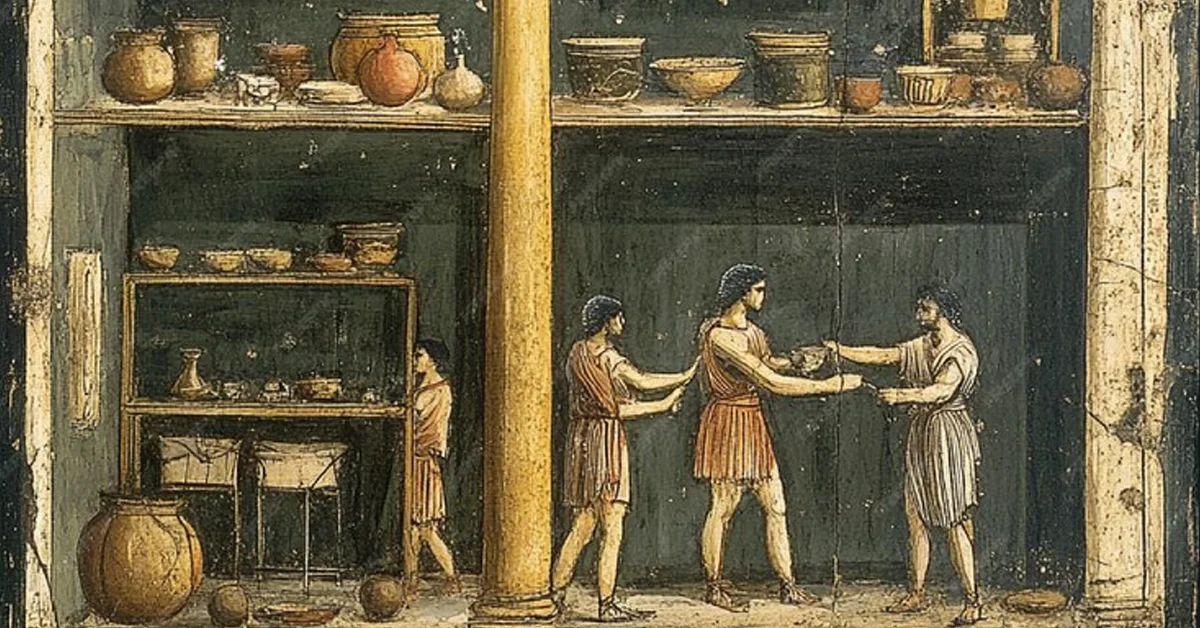The world of ancient art is a captivating journey through time, revealing the beliefs, cultures, and innovations of civilizations long past. From the intricate carvings of Mesopotamia to the majestic sculptures of Greece and Rome, these artistic expressions serve as a window into the human experience across millennia. This article explores the significance of ancient art, its diverse forms, and the treasures that continue to inspire us today.
ALSO READ: Explore The Maraca Camera Brand Features Reviews And Tips
Table of Contents
ToggleThe Importance Of Ancient Art
Understanding Cultural Identity
Ancient art is essential for understanding the cultural identities of past societies. Each piece of art carries stories, traditions, and values that shaped the lives of those who created it. By studying ancient art, we gain insight into the spiritual beliefs, social structures, and everyday life of ancient peoples.
Historical Significance
Art serves as a historical record, documenting events, achievements, and shifts in societal norms. For instance, Egyptian wall paintings often depict daily life, religious rituals, and significant events, allowing historians to piece together aspects of ancient Egyptian civilization.
Major Forms Of Ancient Art
Sculpture
Sculpture is one of the most enduring forms of ancient art. From the grand statues of gods in Greece to the intricate reliefs of the Assyrian palaces, sculpture showcases the skill and creativity of ancient artists.
Notable Examples
- The Venus of Willendorf: This small statuette from around 25,000 BCE exemplifies prehistoric art, emphasizing fertility and femininity.
- The Colossal Heads of Olmec: Dating back to 900-400 BCE, these massive stone carvings represent the Olmec civilization and their complex society.
Painting
Ancient painting, whether on cave walls or temple interiors, offers a glimpse into the aesthetics and themes valued by ancient cultures.
Key Works
- Lascaux Cave Paintings: Found in France, these prehistoric paintings depict animals and hunting scenes, thought to hold spiritual significance.
- Frescoes of Pompeii: These vibrant artworks from Roman times provide insight into daily life, mythology, and the tastes of the wealthy.
Pottery and Ceramics
Ancient pottery not only served functional purposes but also functioned as a canvas for artistic expression. Each culture developed distinct styles that reflected their values and lifestyles.
Examples
- Greek Red-Figure Pottery: This technique allowed for more detailed and dynamic depictions of human figures compared to earlier black-figure styles.
- Chinese Ming Dynasty Porcelain: Renowned for its beauty and craftsmanship, Ming porcelain has become highly sought after in the art market.
Textiles
Textile art, including weaving and embroidery, played a crucial role in ancient societies, often serving ceremonial purposes or indicating social status.
Significant Textiles
- Andean Textiles: The intricate weavings from the Andes region showcase vibrant colors and complex patterns, reflecting the culture and beliefs of the Andean civilizations.
- Egyptian Linen: Fine linen was not only a marker of wealth but also played a role in burial practices, emphasizing the afterlife’s importance in Egyptian culture.
The Techniques Behind Ancient Art
Materials and Methods
Ancient artists utilized a variety of materials, from clay and stone to metals and natural dyes. The choice of materials often reflected the available resources and technological advancements of the time.
Stone Carving
Stone carving required immense skill, with artisans using rudimentary tools to create detailed sculptures and architectural elements.
Painting Techniques
Ancient painters employed techniques such as fresco, tempera, and encaustic, each requiring different skills and materials to achieve desired effects.
The Legacy Of Ancient Art
Influence on Modern Art
The impact of ancient art on contemporary artists is profound. Many modern artists draw inspiration from ancient techniques, themes, and aesthetics, weaving historical elements into their own work.
Preservation Efforts
Efforts to preserve ancient art have become increasingly important as many artifacts face threats from environmental conditions, war, and looting. Organizations worldwide work to protect and restore these treasures, ensuring they remain accessible for future generations.
Conclusion
Ancient art is not just a collection of artifacts; it is a vital part of our shared human heritage. It tells stories that transcend time, connecting us to the thoughts and experiences of those who lived thousands of years ago. By studying and preserving these timeless treasures, we ensure that future generations can appreciate and learn from the rich tapestry of human history. Whether through the grandeur of sculpture or the intimacy of pottery, ancient art remains a testament to our creativity and resilience, inviting us to explore the depths of our past.
ALSO READ: Brook Taube Wells Notice: Key Insights And Legal Guidance
FAQs
What is ancient art?
Ancient art refers to the creative works produced by early civilizations, including sculpture, painting, pottery, and textiles. It reflects the beliefs, culture, and everyday life of societies from prehistoric times to the Middle Ages.
How do we study ancient art?
Scholars study ancient art through archaeology, analysis of materials, and historical context. Techniques such as carbon dating and chemical analysis help determine the age and origin of artifacts.
What are some famous examples of ancient art?
Famous examples include the Venus of Willendorf, the Parthenon sculptures, and the murals of Pompeii. Each piece holds historical significance and provides insight into its respective culture.
Why is ancient art important?
Ancient art is crucial for understanding human history, culture, and social dynamics. It serves as a visual record that helps historians piece together the lifestyles and beliefs of ancient societies.
How has ancient art influenced modern culture?
Ancient art continues to influence contemporary artists, architects, and designers. Elements of ancient design, mythology, and techniques can be seen in various forms of modern art and architecture.

